As one of the pioneers in the application of virtual reality (VR) technology in China, the Nanchang VR Theme Park in Jiangxi Province is giving a boost to the development of Nanchang’s local cultural and tourism sectors by offering visitors a visual feast.
 A file photo shows visitors experiencing the VR facilities of Nanchang VR Theme Park, Jiangxi Province. /CFP
A file photo shows visitors experiencing the VR facilities of Nanchang VR Theme Park, Jiangxi Province. /CFP
A file photo shows visitors experiencing the VR facilities of Nanchang VR Theme Park, Jiangxi Province. /CFP
Covering a total area of over 50,000 square meters, it is equipped with the second largest circular-screen cinema in China and has dozens of top-level VR experiencing facilities such as a virtual cockpit of the Boeing-737 airplane and Slide VR, a water slide simulation facility.
Through more than a dozen exhibition projects – such as an augmented reality (AR) interactive wall and a VR sand table, which gives visitors an overview of a landscape – the theme park also serves as a professional popularization center for VR and AR technology in the country.
 A file photo shows visitors experiencing the VR facilities in Nanchang, Jiangxi Province. /CFP
A file photo shows visitors experiencing the VR facilities in Nanchang, Jiangxi Province. /CFP
A file photo shows visitors experiencing the VR facilities in Nanchang, Jiangxi Province. /CFP
In a world created by VR and AR, visitors to the park can enjoy an immersive experience through multiple themes and scenes such as adventure, traversing, sporting and battling.
The park has also been adding local cultural elements to its experiencing projects. For example, through the VR spatio-temporal tunnel, visitors could visit the ancient city of Nanchang, which was called Hongdu in ancient times. A 3D movie that focuses on the highlights of the history and culture of the city can also be enjoyed at the park without wearing 3D glasses.
 A file photo shows visitors experiencing the VR facilities in Nanchang, Jiangxi Province. /CFP
A file photo shows visitors experiencing the VR facilities in Nanchang, Jiangxi Province. /CFP
A file photo shows visitors experiencing the VR facilities in Nanchang, Jiangxi Province. /CFP
So far, the theme park has been listed in the first batch of pilot units for cultivating new spaces for an immersive experience of smart tourism by China’s top cultural and tourism authority.


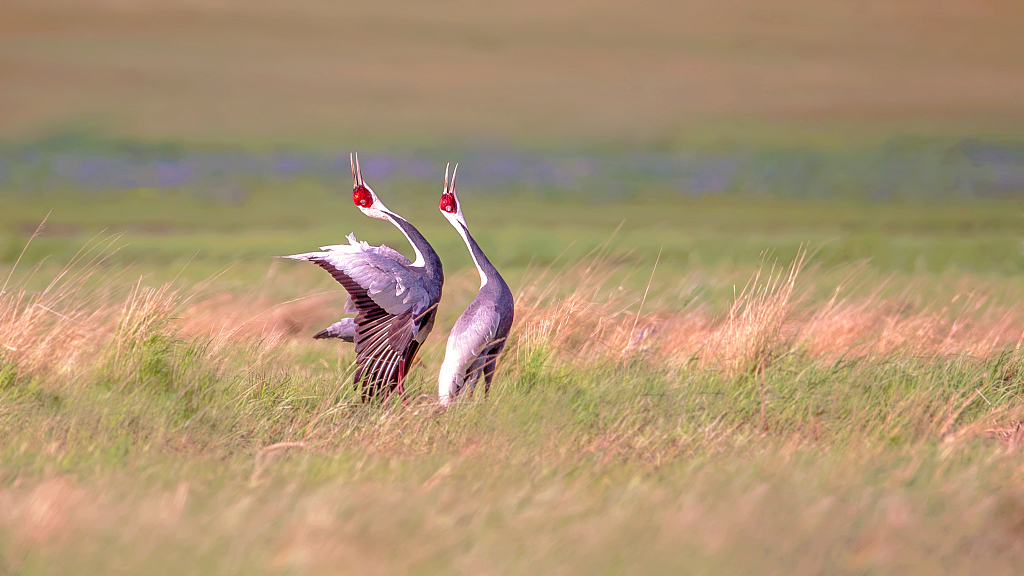
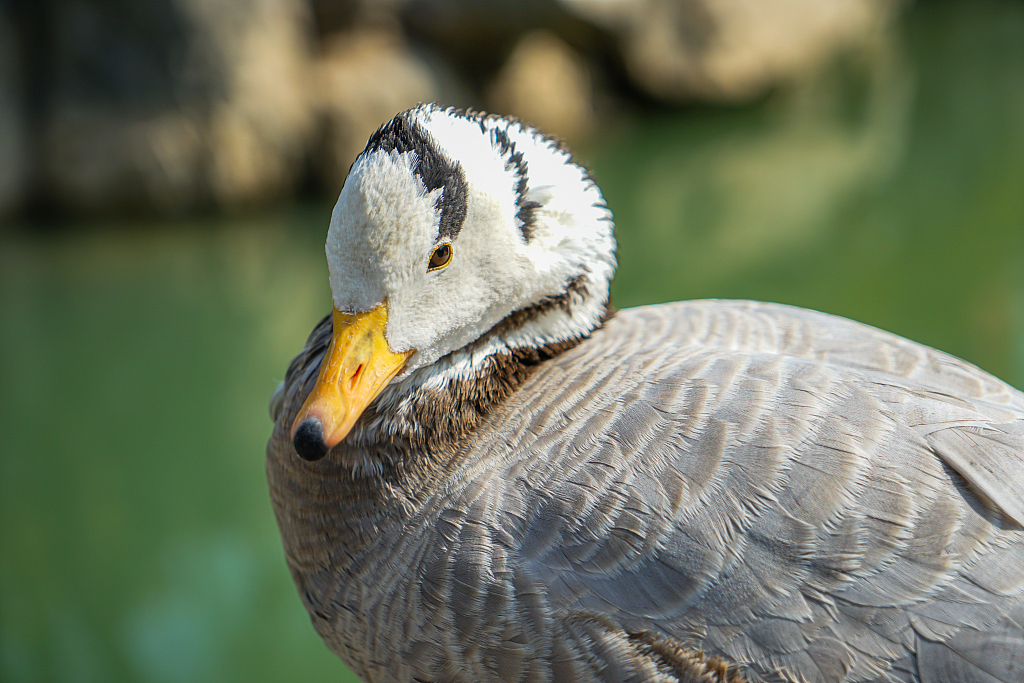 A bar-headed goose. /CFP
A bar-headed goose. /CFP 

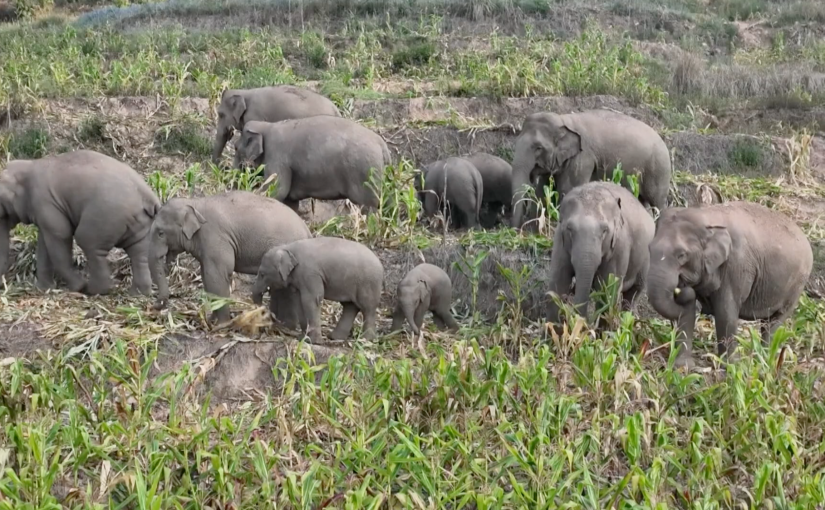
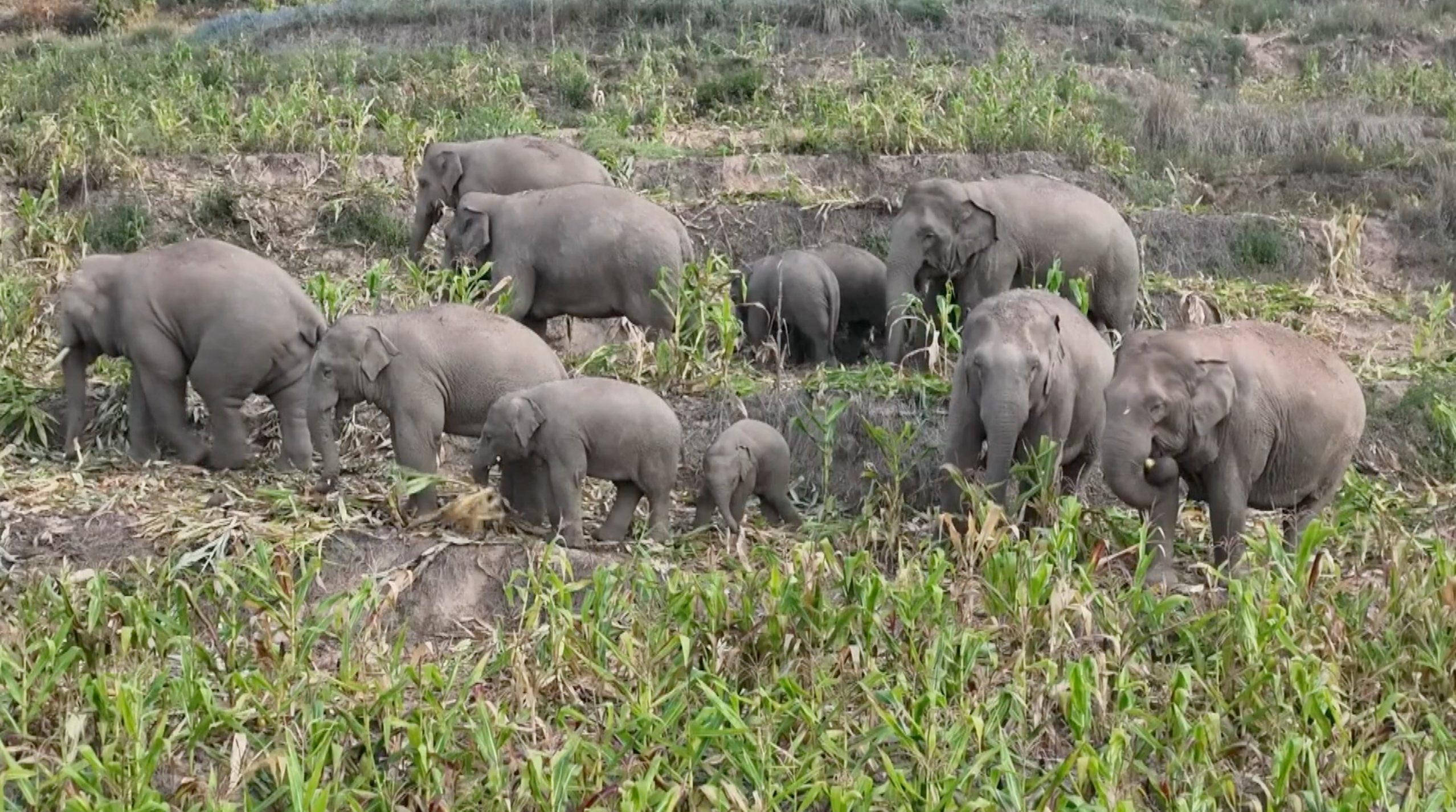
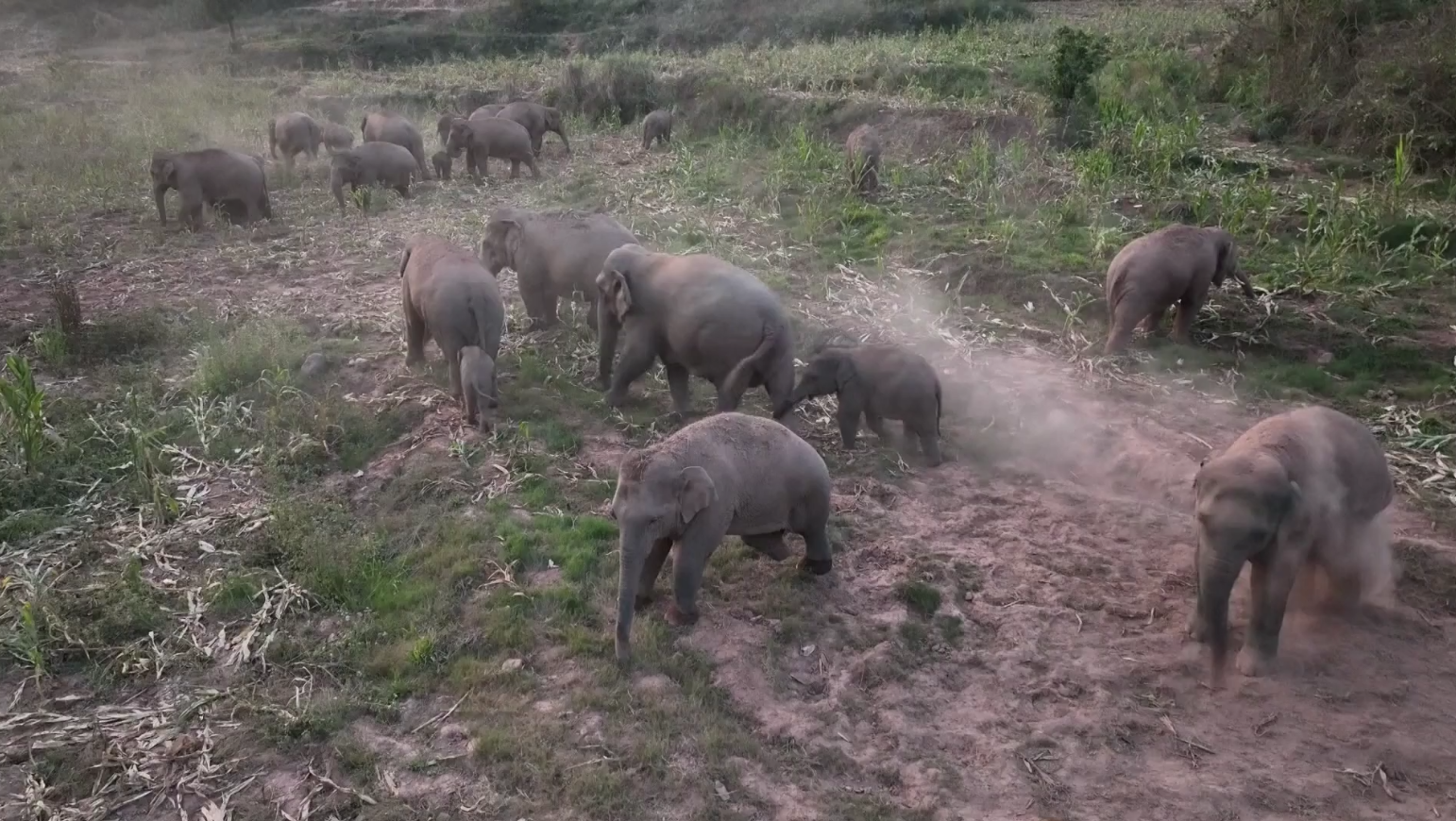 A herd of elephants eat corn cobs at a cornfield in Jiangcheng County, Pu’er City, southwest China’s Yunnan Province. /China Media Group
A herd of elephants eat corn cobs at a cornfield in Jiangcheng County, Pu’er City, southwest China’s Yunnan Province. /China Media Group 


 [Photo/Chinaculture.org]
[Photo/Chinaculture.org] 
 Poster for film
Poster for film
 Passengers on board the Lagos Rail Mass Transit Blue Line connecting Mile 2 to Marina. The electric line has been providing passengers with a speedy journey since September. HAN XU/XINHUA
Passengers on board the Lagos Rail Mass Transit Blue Line connecting Mile 2 to Marina. The electric line has been providing passengers with a speedy journey since September. HAN XU/XINHUA 
 A model presents creations from Le Fame in Shanghai during the 2024 A/W Shanghai Fashion Week on Mar 25, 2024. [Photo provided to China Daily]
A model presents creations from Le Fame in Shanghai during the 2024 A/W Shanghai Fashion Week on Mar 25, 2024. [Photo provided to China Daily] 
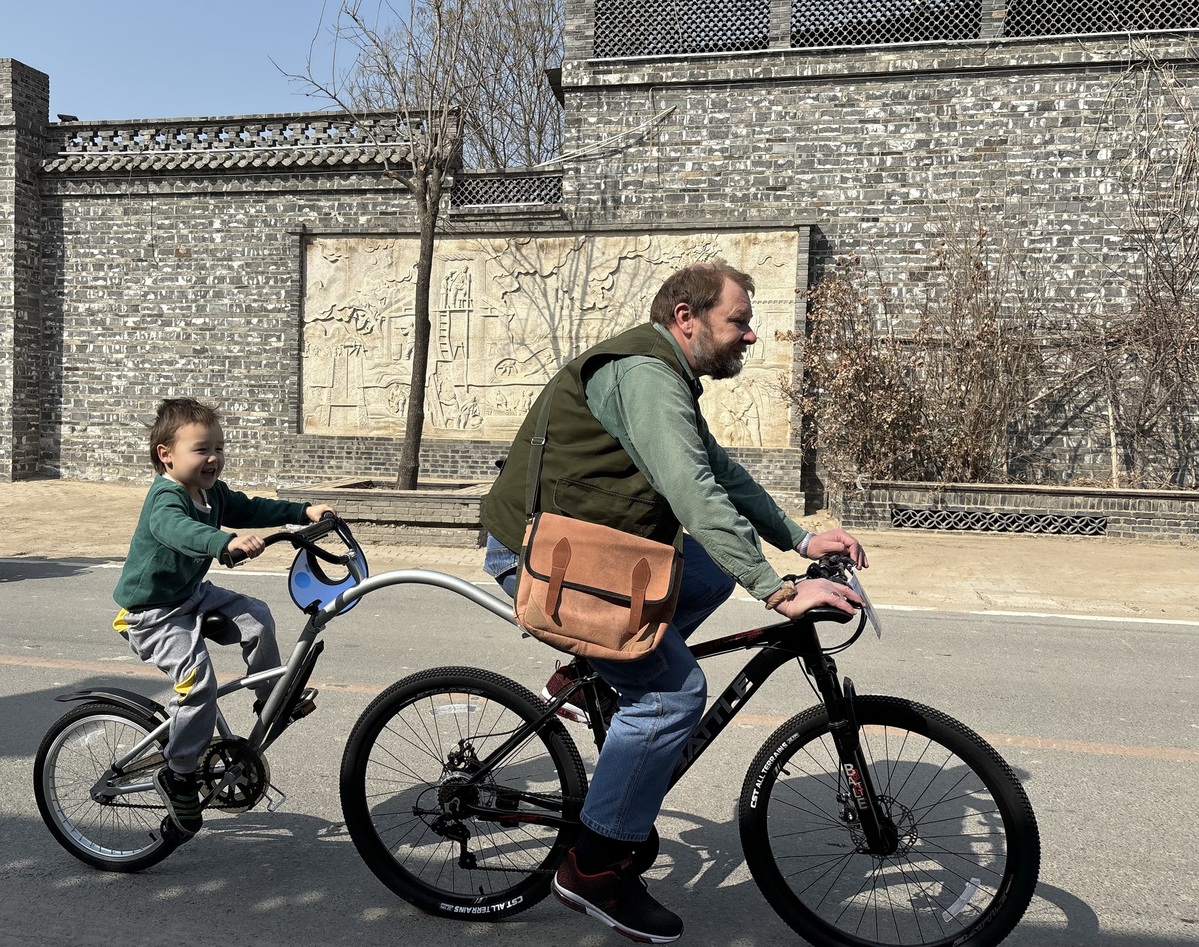 Robert and his son ride on a countryside road in Baoding, Hebei province on Saturday.[Photo by Yao Lin/For chinadaily.com.cn]
Robert and his son ride on a countryside road in Baoding, Hebei province on Saturday.[Photo by Yao Lin/For chinadaily.com.cn]